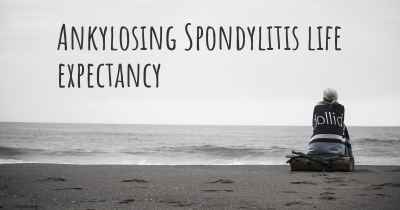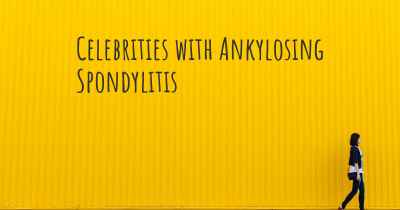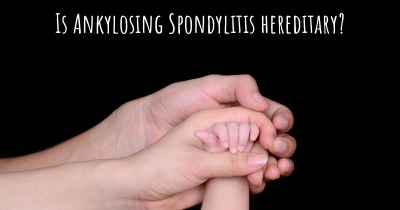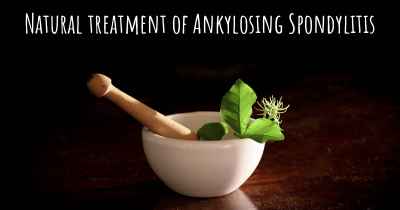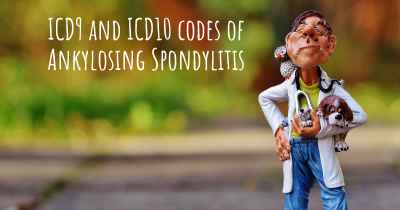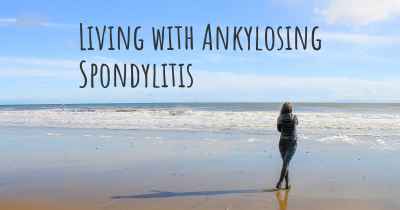What are the best treatments for Ankylosing Spondylitis?
See the best treatments for Ankylosing Spondylitis here
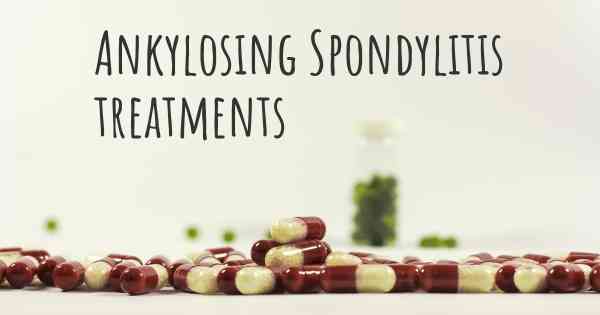
Treatments for Ankylosing Spondylitis
Ankylosing Spondylitis (AS) is a chronic inflammatory disease that primarily affects the spine, causing pain, stiffness, and reduced mobility. While there is no cure for AS, there are several treatment options available to manage symptoms, slow down disease progression, and improve quality of life for individuals with this condition.
1. Medications
Nonsteroidal anti-inflammatory drugs (NSAIDs): These are often the first line of treatment for AS. NSAIDs help reduce pain, inflammation, and stiffness. Over-the-counter options like ibuprofen and naproxen can be effective, but prescription-strength NSAIDs may be necessary for more severe symptoms.
Disease-modifying antirheumatic drugs (DMARDs): DMARDs such as sulfasalazine and methotrexate can help slow down the progression of AS and reduce inflammation. They are typically used when NSAIDs alone are not sufficient.
Biologic agents: Biologics, such as tumor necrosis factor (TNF) inhibitors (e.g., etanercept, adalimumab), are a newer class of medications that target specific molecules involved in the inflammatory process. They can effectively reduce symptoms and slow down disease progression in many individuals with AS.
2. Physical Therapy
Exercise: Regular physical activity and specific exercises can help improve flexibility, posture, and overall function. A physical therapist can design an exercise program tailored to an individual's needs and abilities. Low-impact activities like swimming and cycling are often recommended.
Posture training: Learning proper posture and body mechanics can help reduce pain and prevent deformities caused by AS. Physical therapists can provide guidance on maintaining good posture during daily activities.
Stretching and strengthening exercises: Stretching exercises can help improve flexibility and reduce stiffness, while strengthening exercises can enhance muscle support for the spine and joints.
3. Pain Management
Heat and cold therapy: Applying heat or cold to affected areas can help alleviate pain and reduce inflammation. Heat therapy, such as warm showers or heating pads, can relax muscles and improve blood circulation. Cold therapy, such as ice packs, can numb the area and reduce swelling.
Transcutaneous electrical nerve stimulation (TENS): TENS involves the use of a small device that delivers low-voltage electrical currents to the skin, which can help relieve pain by blocking pain signals.
Acupuncture: Some individuals find acupuncture helpful in managing pain and improving overall well-being. It involves the insertion of thin needles into specific points on the body to stimulate energy flow.
4. Surgery
Joint replacement: In severe cases where AS has caused significant joint damage and disability, joint replacement surgery may be considered. This typically involves replacing the damaged joint with an artificial joint, such as a hip or knee replacement.
5. Lifestyle Modifications
Good posture: Maintaining proper posture can help reduce pain and prevent spinal deformities. Using ergonomic chairs and pillows, as well as avoiding prolonged sitting or standing, can be beneficial.
Quit smoking: Smoking has been linked to more severe symptoms and faster disease progression in AS. Quitting smoking can improve overall health and potentially reduce the impact of AS.
Stress management: Stress can worsen symptoms of AS. Engaging in stress-reducing activities such as meditation, yoga, or hobbies can help improve overall well-being.
It is important for individuals with AS to work closely with their healthcare team to develop a personalized treatment plan. The effectiveness of treatments may vary from person to person, and a combination of approaches is often necessary to manage symptoms and maintain a good quality of life.
Posted Mar 4, 2017 by Denise 450
Posted Mar 4, 2017 by kat1 1050
Posted Mar 4, 2017 by Heather 1120
Posted Mar 5, 2017 by Richard Deery 600
Posted May 17, 2017 by Shannon 1050
Posted May 17, 2017 by Keli 1050
Posted May 17, 2017 by Simon 300
Posted May 18, 2017 by Karlie 1150
Posted May 18, 2017 by kelly cannell 500
Posted May 19, 2017 by Kylie Frost 2120
Posted May 19, 2017 by Tamra 1750
Posted Aug 31, 2017 by BigStu111 12832
Posted Sep 6, 2017 by Daniel Wilson 2010
Posted Sep 7, 2017 by Luciano Scariano 2600
Pain meds
Proper diet
Exercise
Staying active
Posted Sep 7, 2017 by Carol 600
Posted Sep 10, 2017 by Sal 4050
Posted Sep 21, 2017 by Rana Navid Anwaar Khan 3945
Farmaci biotecnologici
Posted Oct 1, 2017 by Silvia 2500
But it is known that some treatment help but the efficiency may vary on people.
List of some treatment known to help AS condition:
Nonsteroidal Anti-Inflammatory Drugs (NSAIDs)
TNF Inhibtors
Corticosteroids (temporary relief on zone injected)
Methotrexate (at a much smaller dose than for cancer)
And not to be forgotten that all guidelines recommend that beside treatment exercice is a key!
(range of motion, flexibility, cardio, etc.)
Posted Feb 16, 2018 by Laeti 3570
Posted May 31, 2018 by Colleen 2550
Posted Aug 10, 2017 by Andressa 1050
Posted Aug 14, 2017 by Luz 901
Posted Aug 15, 2017 by Adriana 1000
